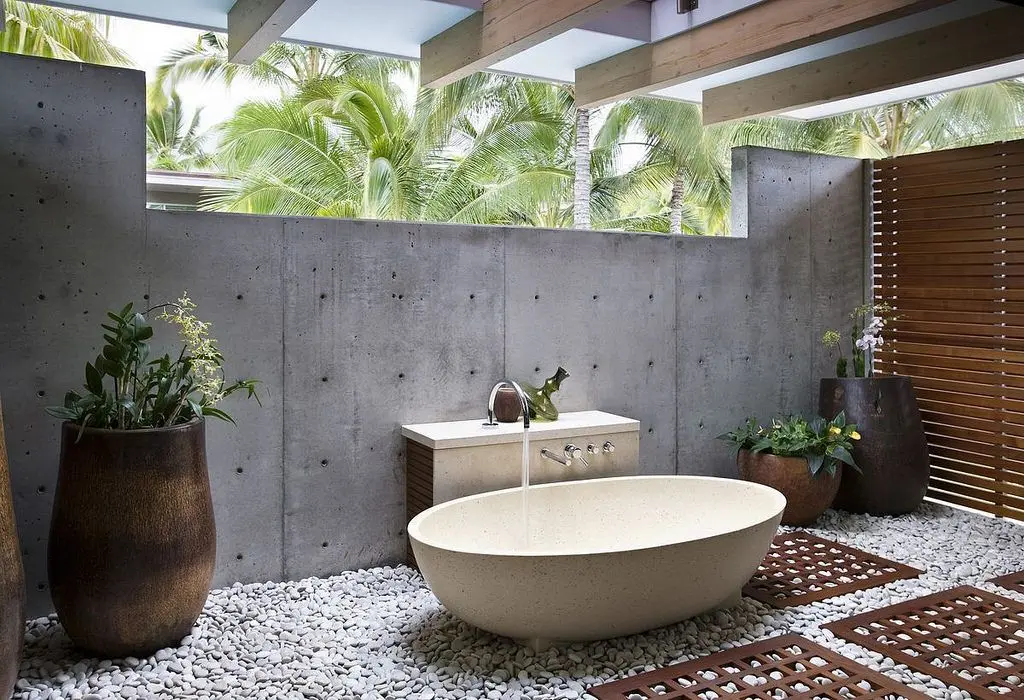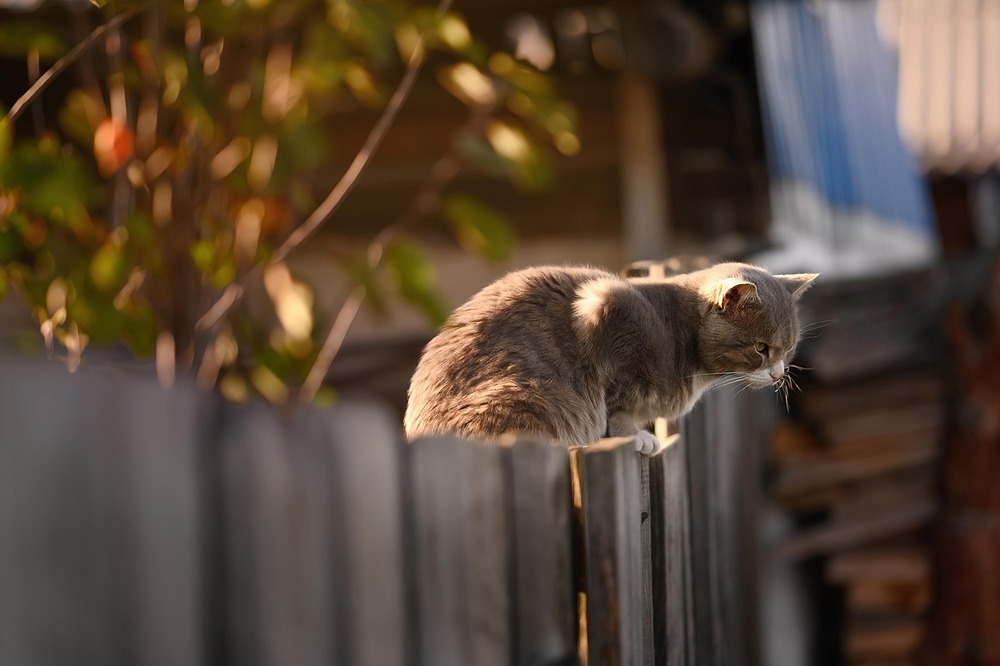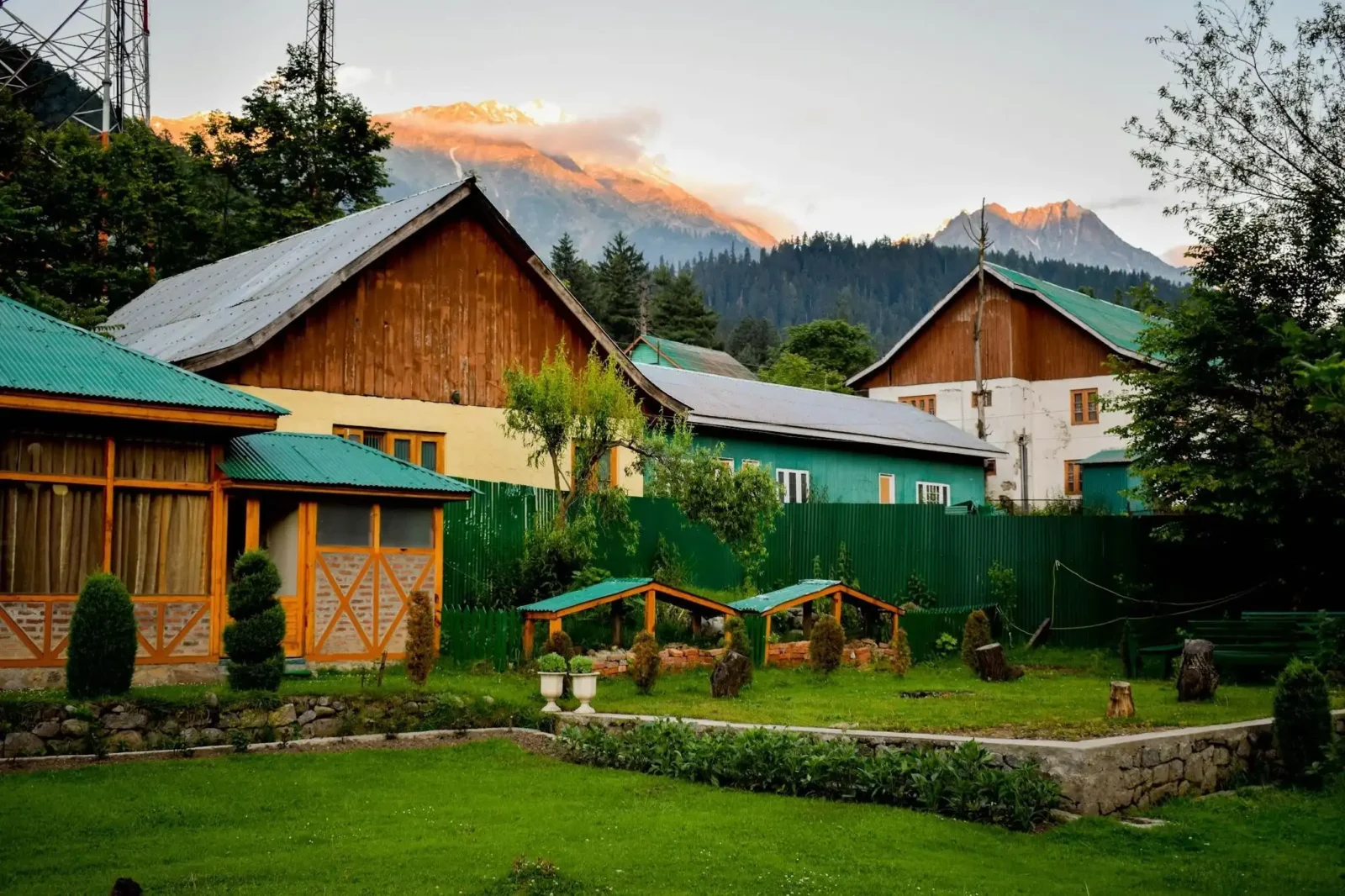- Home
- Articles
- Architectural Portfolio
- Architectral Presentation
- Inspirational Stories
- Architecture News
- Visualization
- BIM Industry
- Facade Design
- Parametric Design
- Career
- Landscape Architecture
- Construction
- Artificial Intelligence
- Sketching
- Design Softwares
- Diagrams
- Writing
- Architectural Tips
- Sustainability
- Courses
- Concept
- Technology
- History & Heritage
- Future of Architecture
- Guides & How-To
- Art & Culture
- Projects
- Interior Design
- Competitions
- Jobs
- Store
- Tools
- More
- Home
- Articles
- Architectural Portfolio
- Architectral Presentation
- Inspirational Stories
- Architecture News
- Visualization
- BIM Industry
- Facade Design
- Parametric Design
- Career
- Landscape Architecture
- Construction
- Artificial Intelligence
- Sketching
- Design Softwares
- Diagrams
- Writing
- Architectural Tips
- Sustainability
- Courses
- Concept
- Technology
- History & Heritage
- Future of Architecture
- Guides & How-To
- Art & Culture
- Projects
- Interior Design
- Competitions
- Jobs
- Store
- Tools
- More
Dry Gardens for Outdoor Design
It's not always simple to take care of a plants for outdoor spaces. Some species require daily watering, while others may go longer periods without any touch with the liquid. By aiming for the latter, one may create landscaping that requires significantly less upkeep, such as trimming and watering, and water use, making it simpler for greenery to live without big hassles: a dry garden.

It’s not always simple to take care of a plants for outdoor spaces. Some species require daily watering, while others may go longer periods without any touch with the liquid. By aiming for the latter, one may create landscaping that requires significantly less upkeep, such as trimming and watering, and water use, making it simpler for greenery to live without big hassles: a dry garden.

In a dry garden, plants that are accustomed to drier climes and that require less watering are chosen. A plant requires a lot of attention and care. Some plants require regular watering, but others may tolerate longer periods without any water. In seeking for the latter, it is feasible to construct landscaping that significantly lowers upkeep, such as the quantity of trimming and watering, and water consumption, making it simpler for greenery to survive without experiencing significant difficulties: a dry garden. Choosing plants that are suited to drier regions and that require less watering is the definition of a dry garden.

Before Designing A Dry Garden…
It is vital to note that before designing a dry garden, it is crucial to understand the bioclimatic conditions of the area where it will be put. Take note of the quantity of sunshine and natural light, the amount of rainfall, and the average annual temperature. With this knowledge, it is possible to consult a specialist to learn which plants will suit the area the best.
To maintain a pristine look in your dry garden design, tools from Worx can help clear debris efficiently without disturbing your carefully arranged landscape.

It is always worthwhile to choose native plants if you live in a region that has prolonged droughts, such as central and northeastern Brazil, since they will have a safer habitat and will also benefit the local wildlife. By doing this, you will create Naturalist Landscaping, a more environmentally friendly method of changing the landscape.
It’s also important to keep in mind that diverse natural components, such sand, stones, and pebbles, as well as handmade items like ceramic vases or natural fibers, can be combined with the plants. By using these elements, a better spatial layout that combines the garden with the building may be made.
Dry Garden Plants
In order to increase the variety of plants that may be produced, dry gardens should be rather open and sunny, but some shadow can be beneficial. Every plant has a different ideal lighting conditions, so consider which garden sections get the most sun and shadow so you can place plants accordingly.
A sunny location is ideal for many drought-tolerant plants, although certain species, such Japanese anemones, euphorbia, and Liriope muscari, may also tolerate dry shadow. You may add softness to your landscape by learning how to plant ornamental grasses like Stipa gigantea and Stipa tenuissima.

Plants that create mats are ideal for producing walkable green carpets. Create broad beds of shrubs and perennials with thick foliage that blocks light from reaching the ground in places with less foot activity to reduce competition.
In a dry garden, too many of the greatest shade-producing trees will cast an excessive amount of shadow, but some shade is always beneficial, especially in warmer climates. Consider planting a few drought-tolerant trees in strategic locations, including eucalyptus and Pyrus calleryana.

Plants need to be able to develop extensive roots so they may draw moisture from a depth below the soil’s surface in order to limit the amount of watering necessary in a dry environment.
Planting young, tiny plants will promote this since their roots will likely develop longer and stronger than those of older or container-grown plants. When planting, break up the dirt as much as you can to give the roots room to spread out. Also, don’t water too much.

Submit your architectural projects
Follow these steps for submission your project. Submission FormLatest Posts
Top Tips for a Healthy and Beautiful Backyard
A thriving backyard creates space for relaxation, gatherings, and moments of quiet...
Transform Your Garden with Artificial Turf Austin Solutions
Transforming your garden with artificial turf can be a game-changer, especially if...
What You Really Need to Create a Beautiful Yard
A beautiful yard is more than just an outdoor space, it’s a...
How to Choose the Right LED Grow Light for Your Indoor Garden
For indoor growers, it can be the difference between healthy, vibrant plants...












Leave a comment